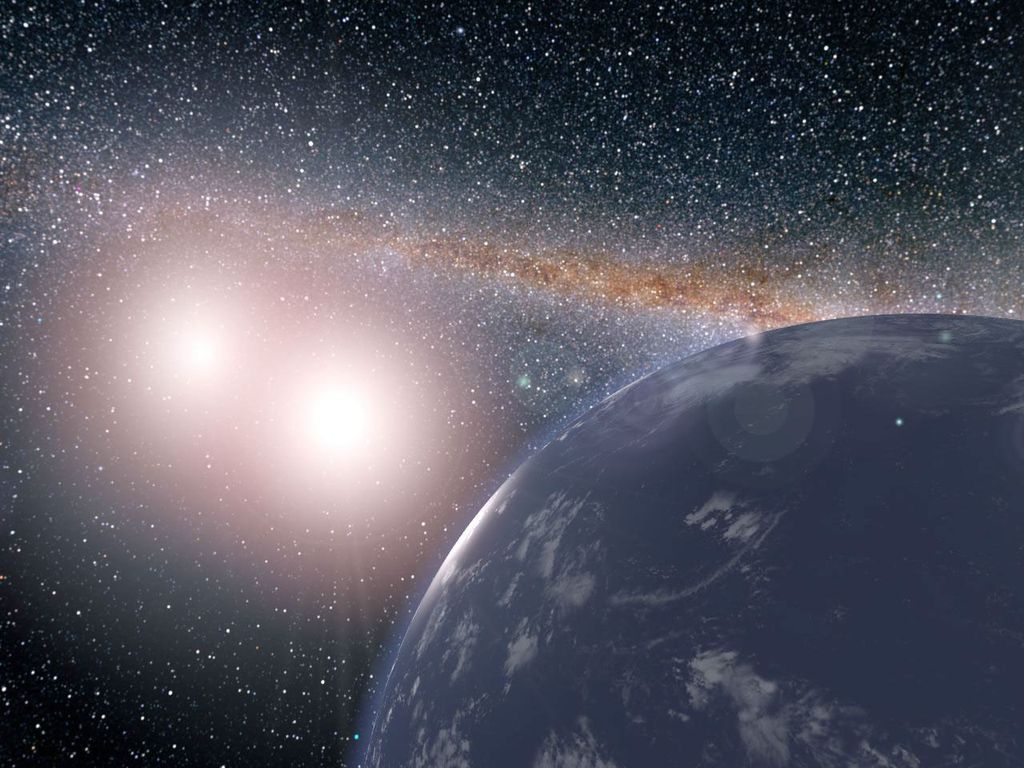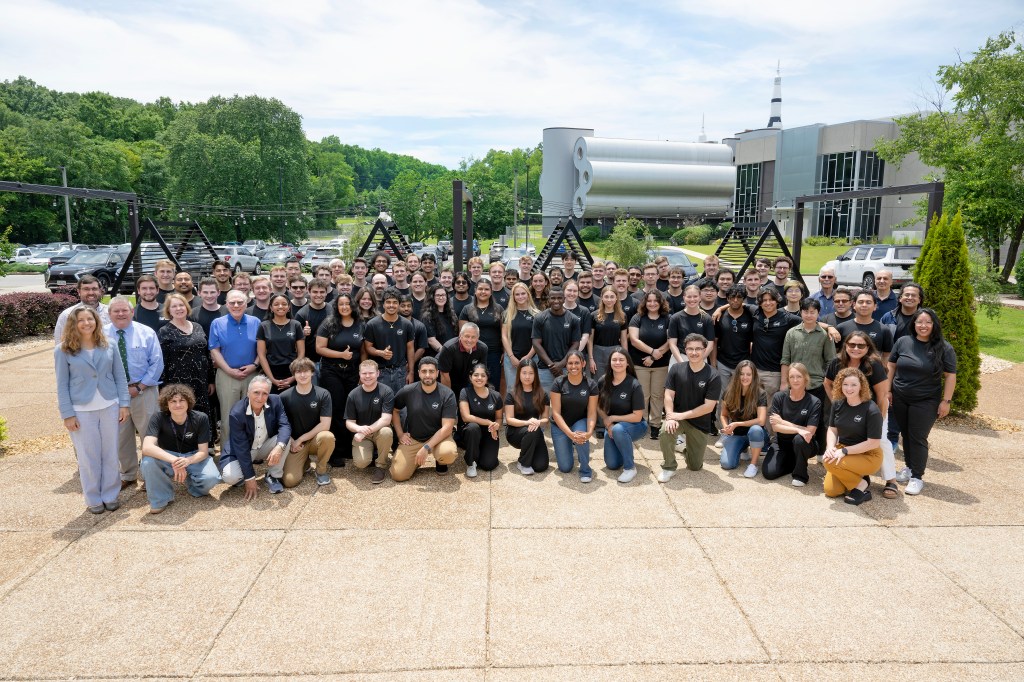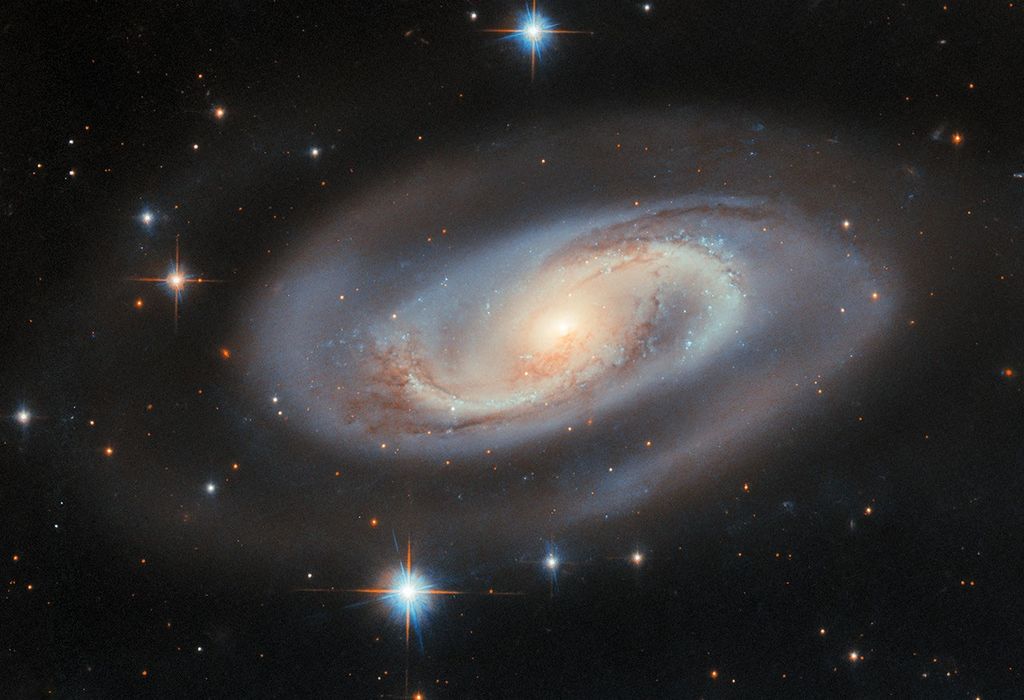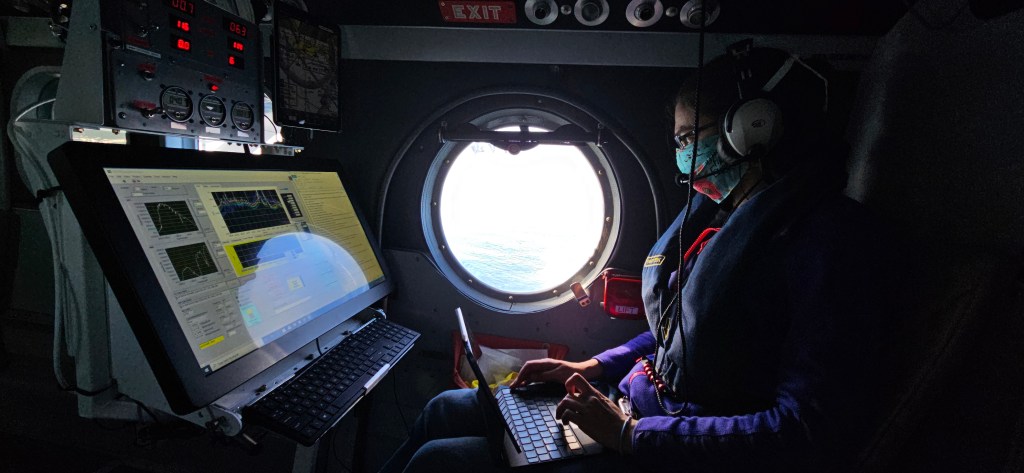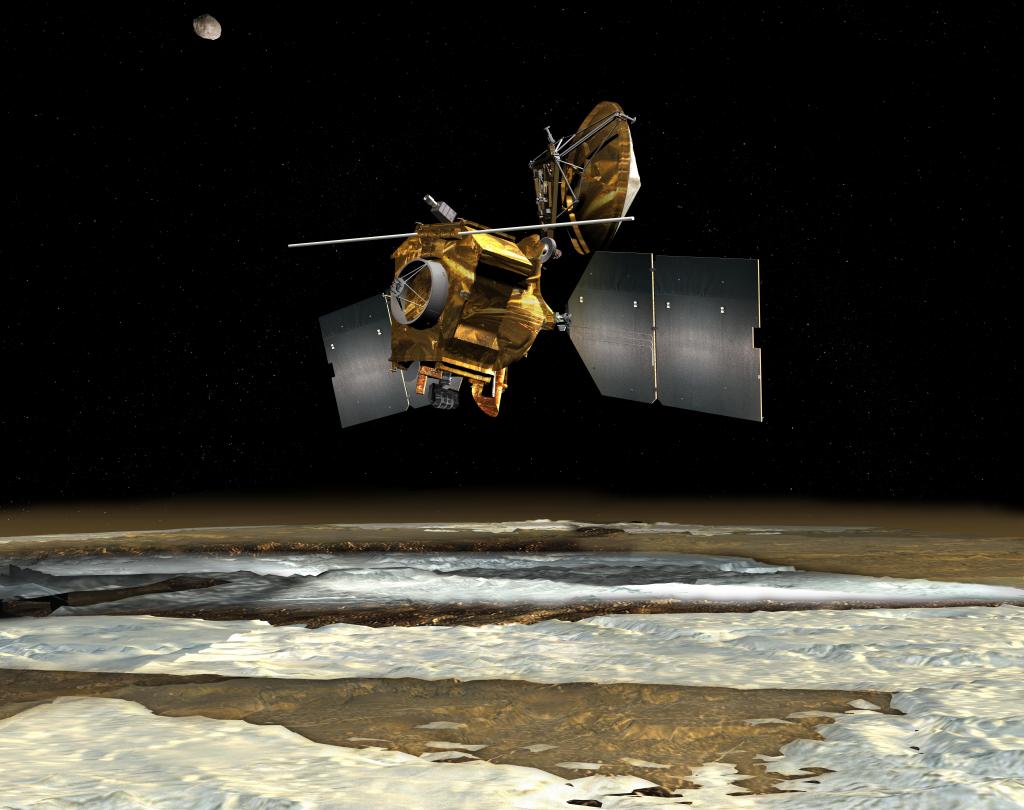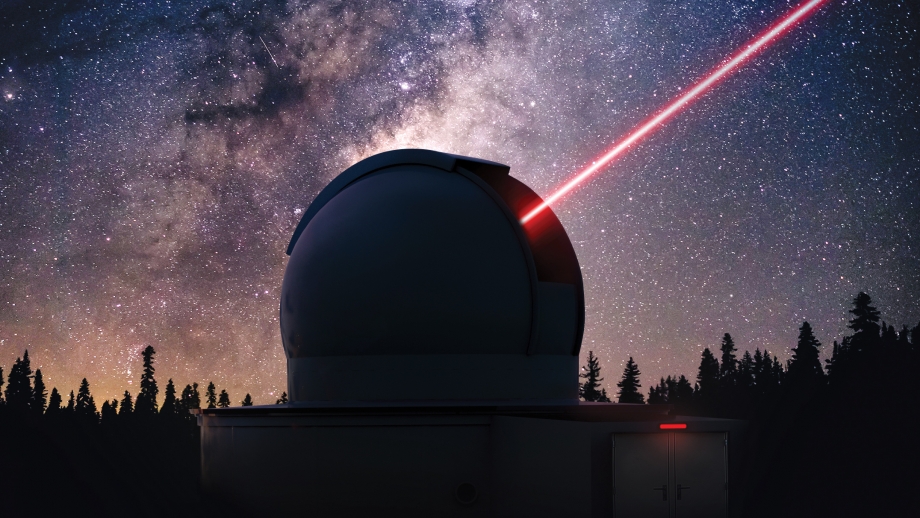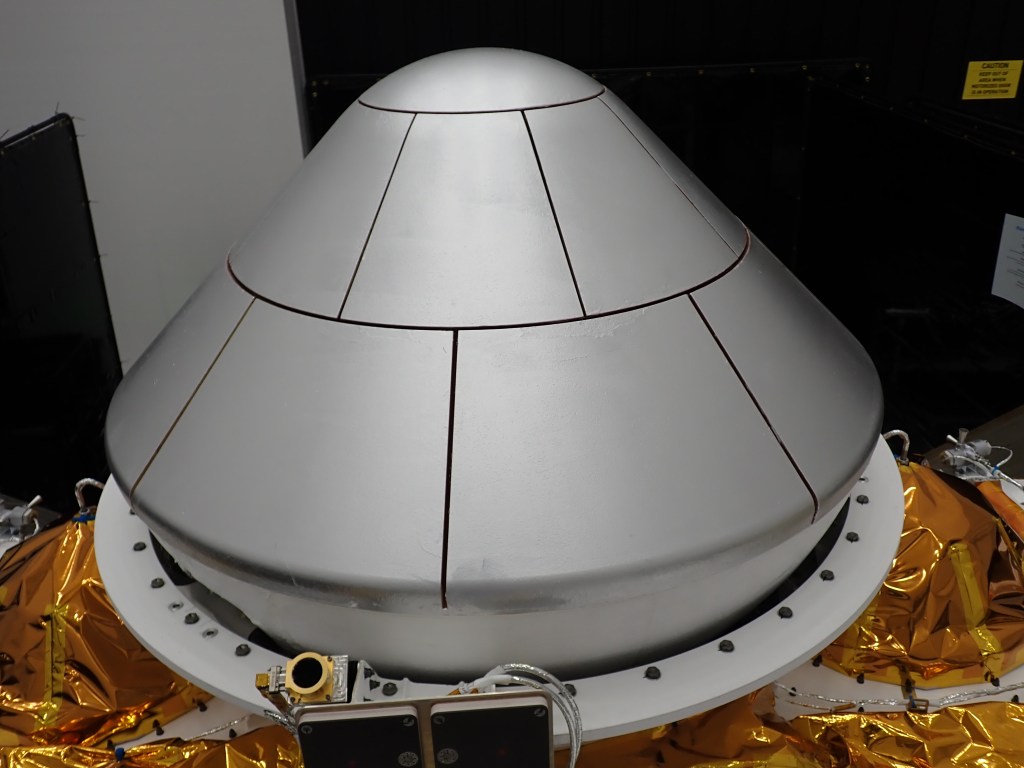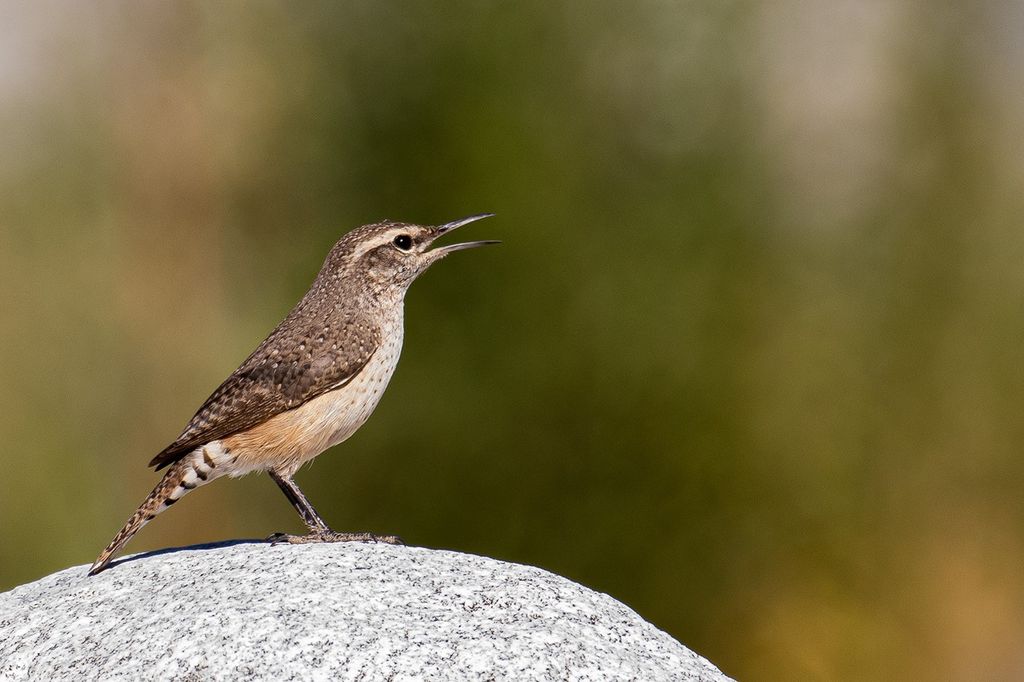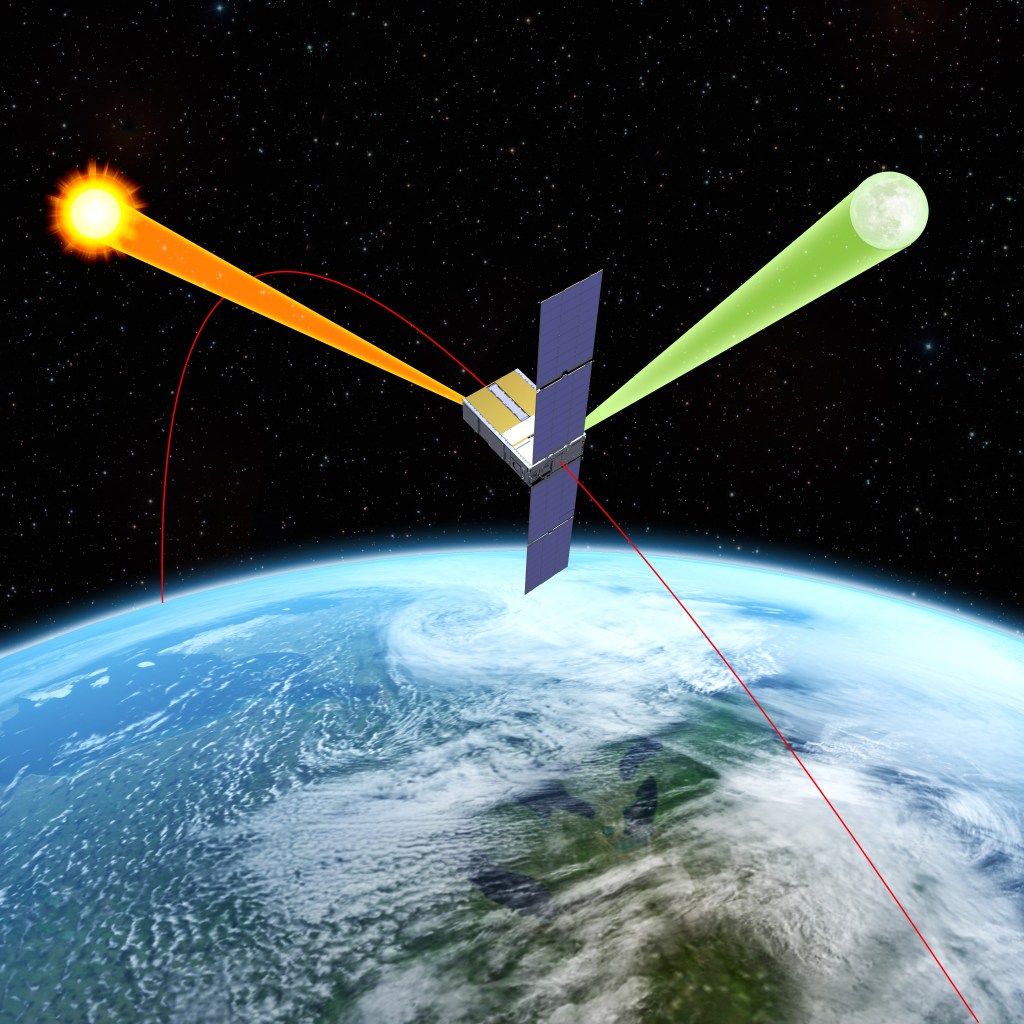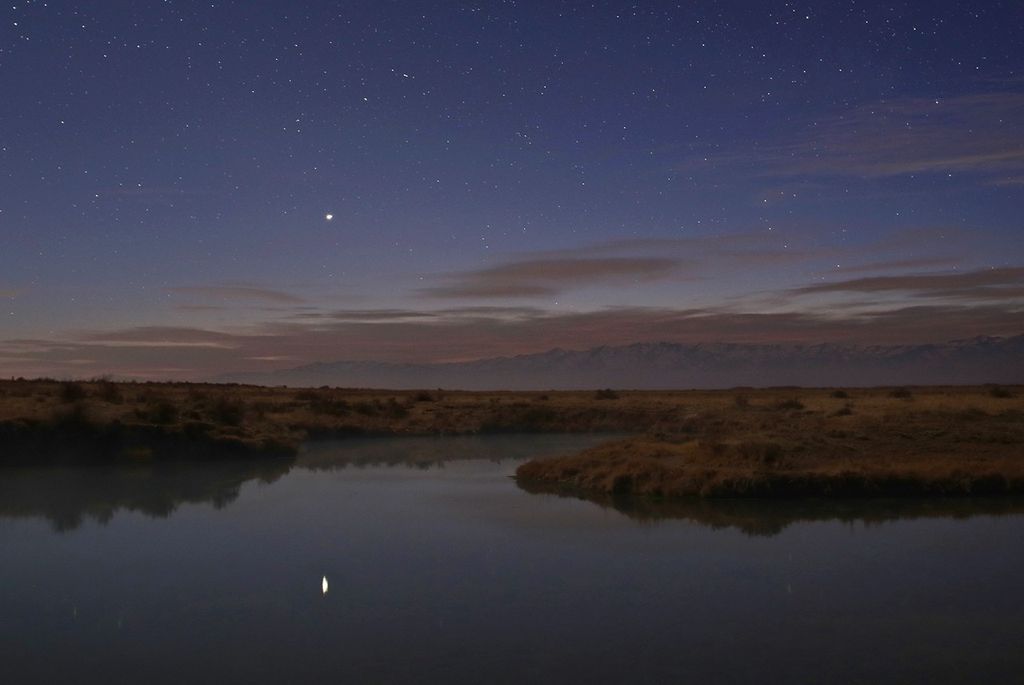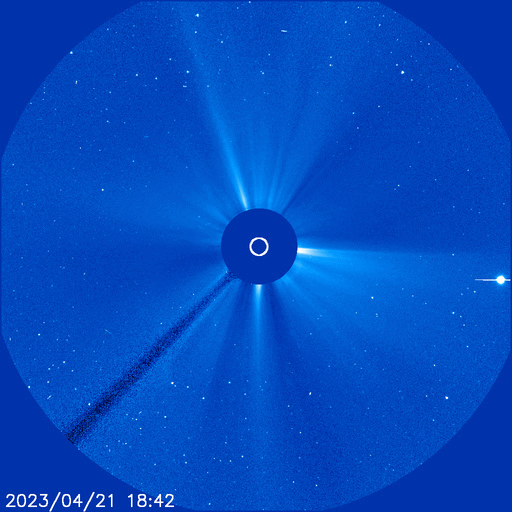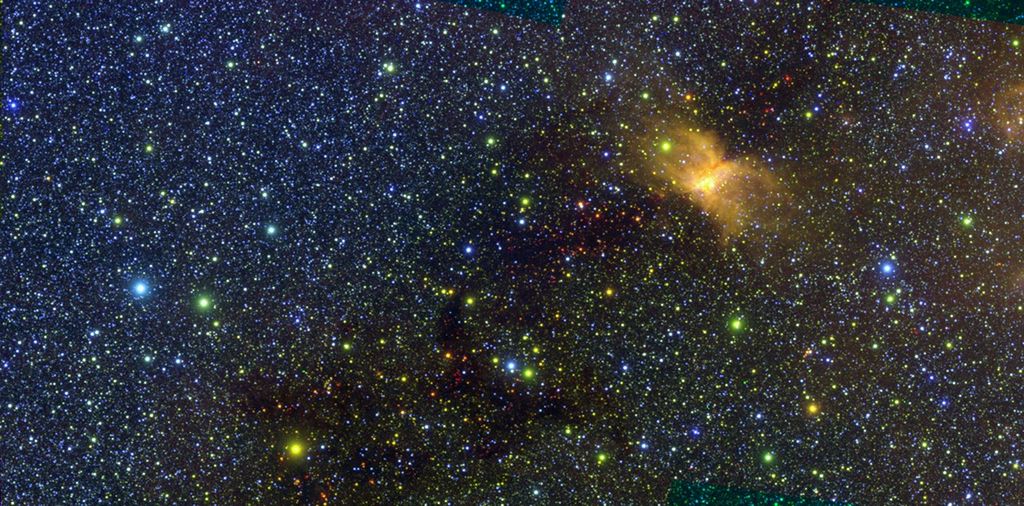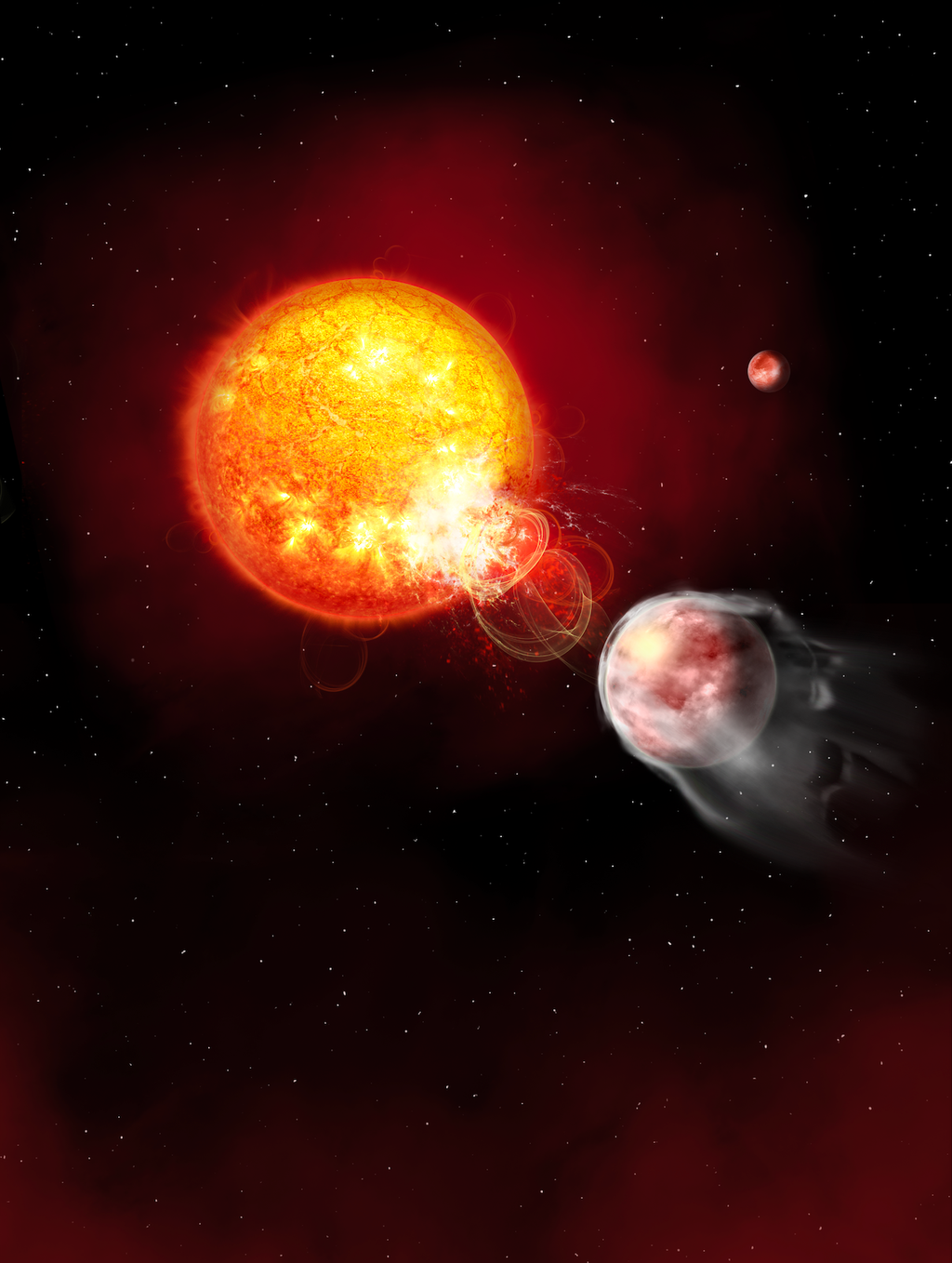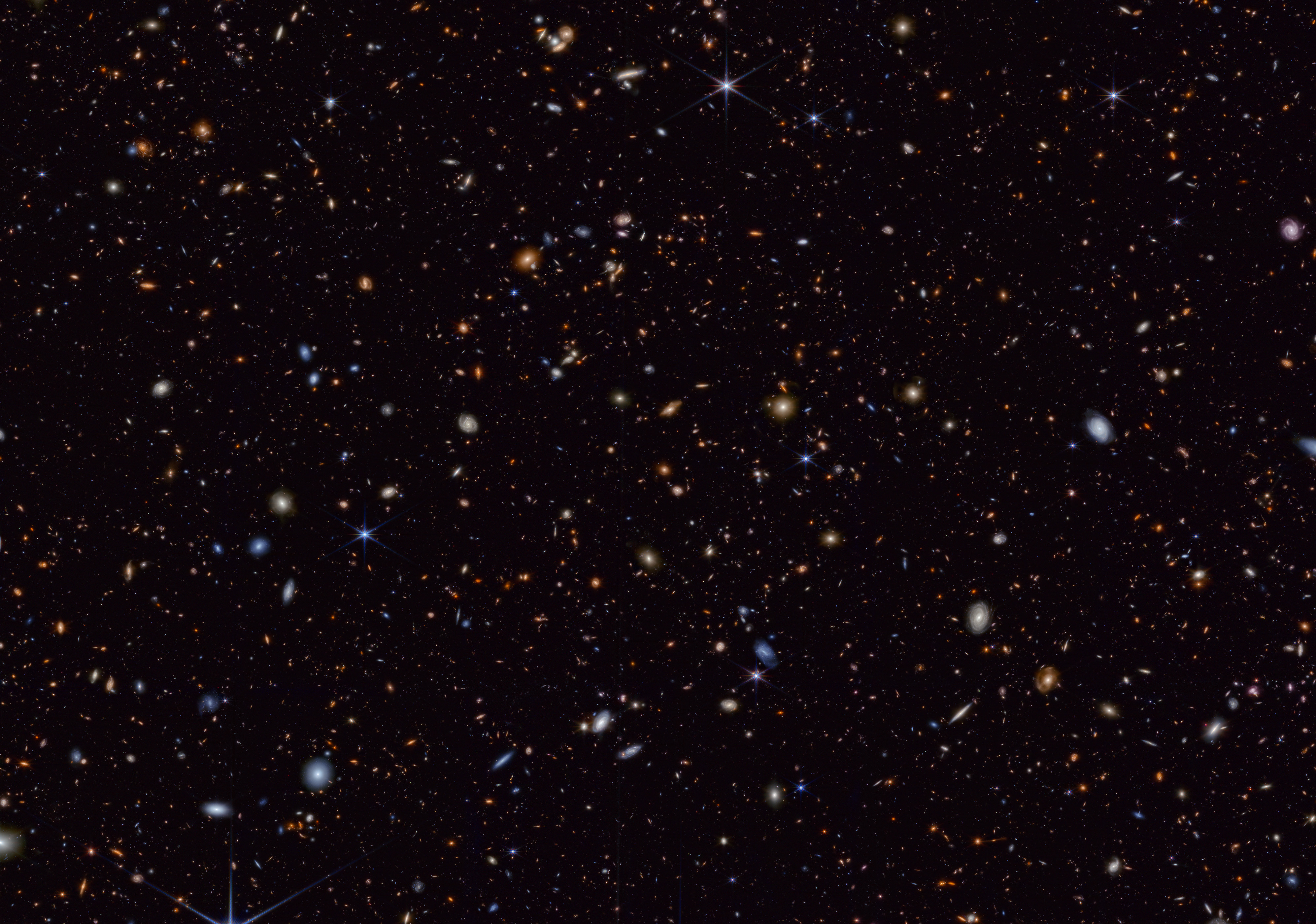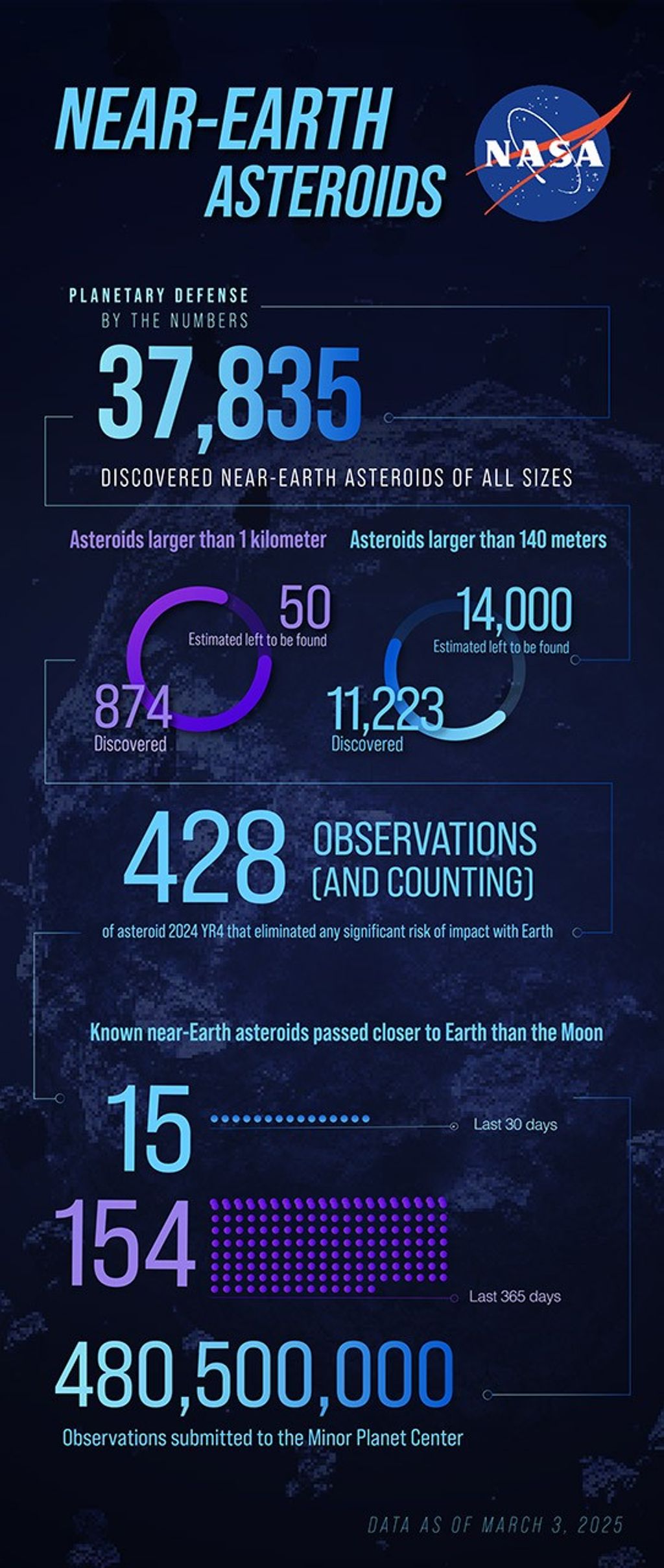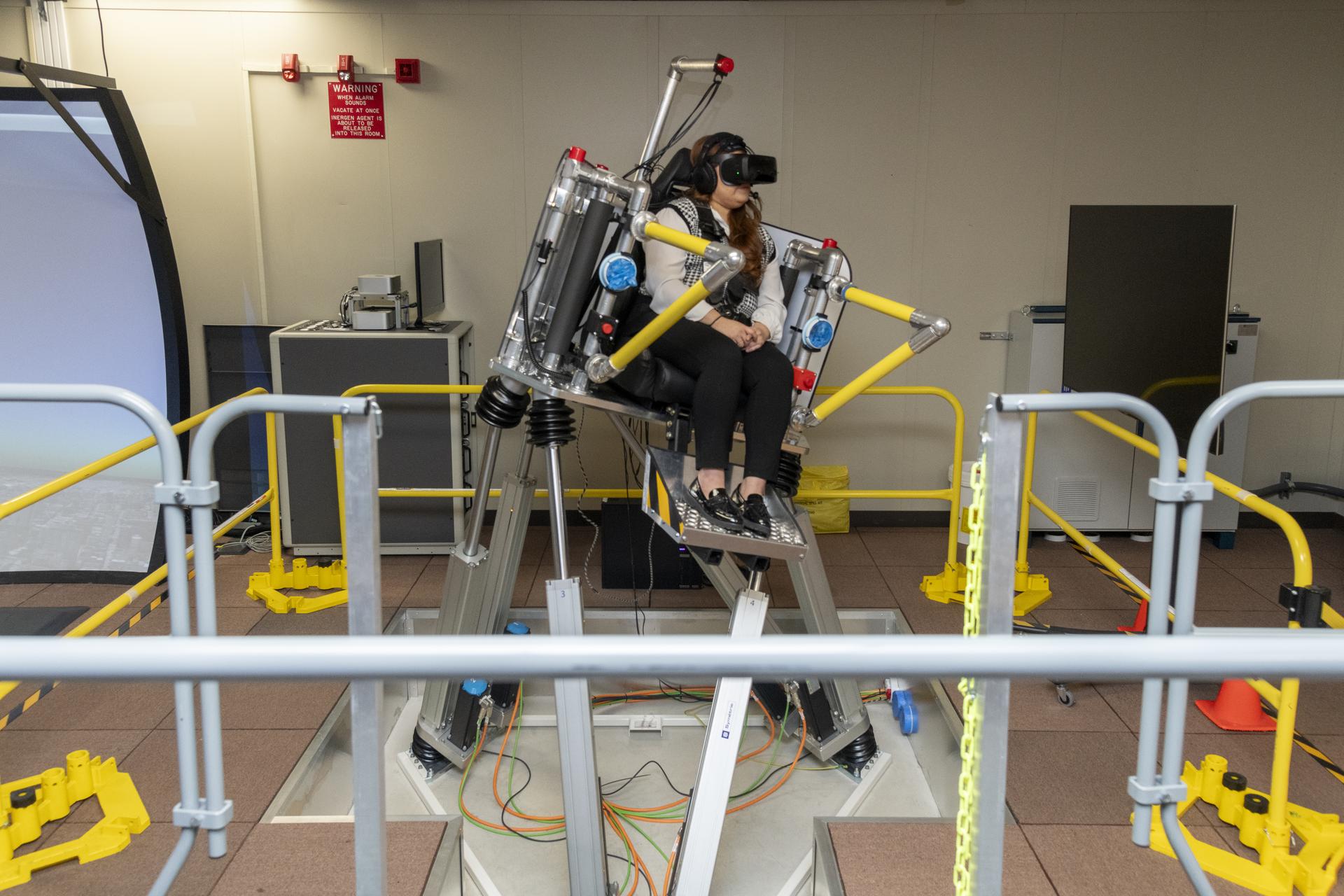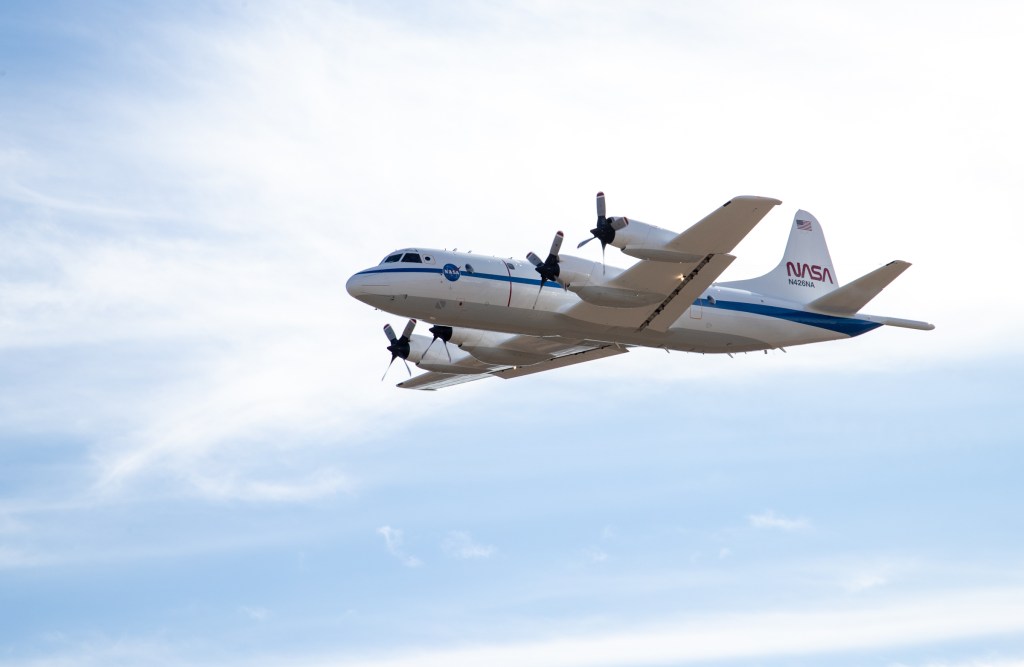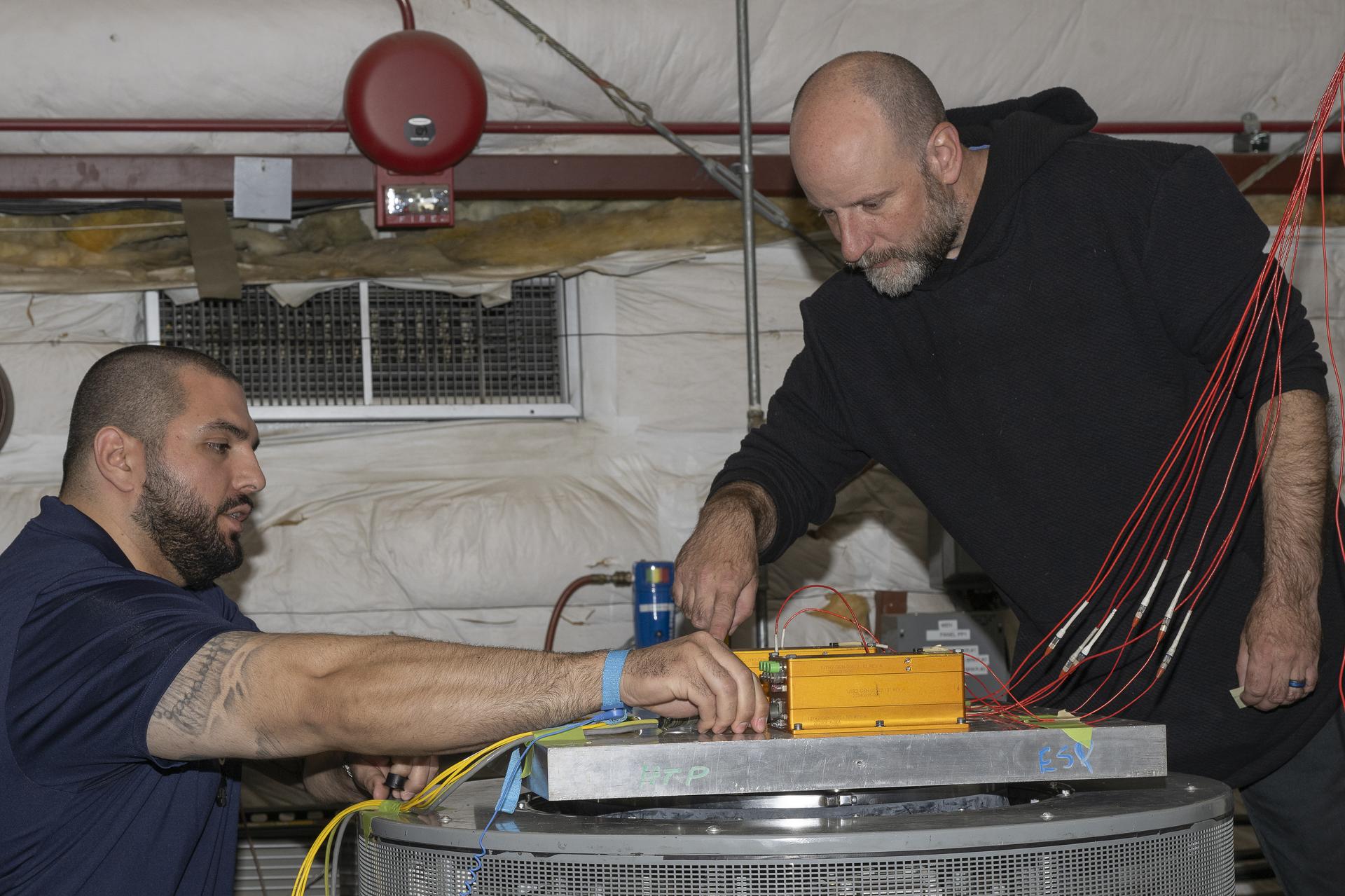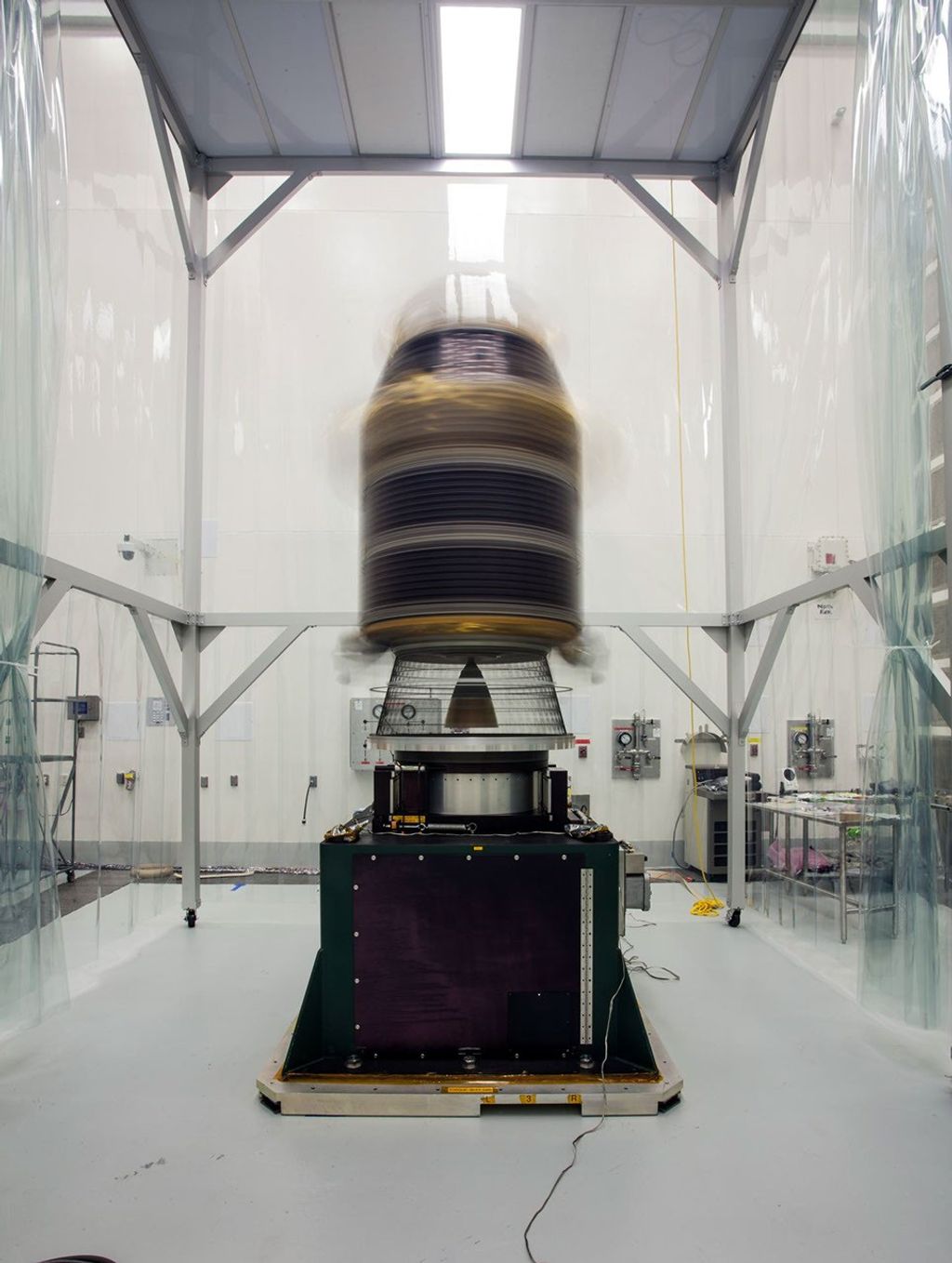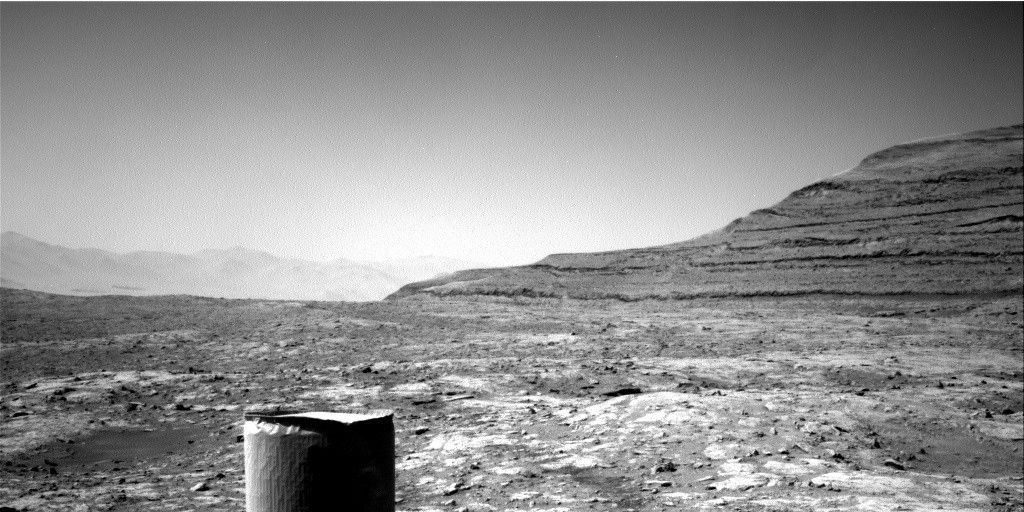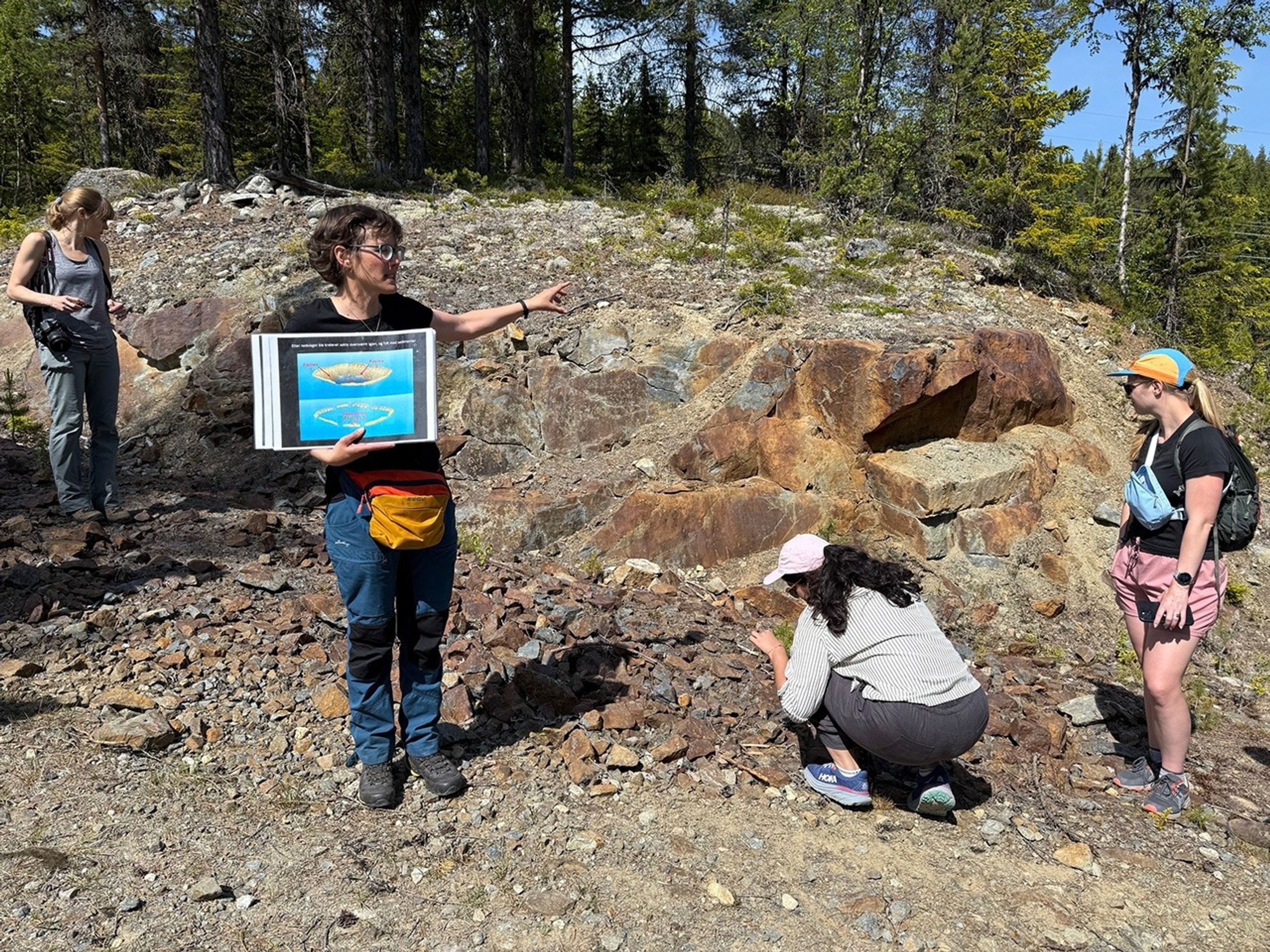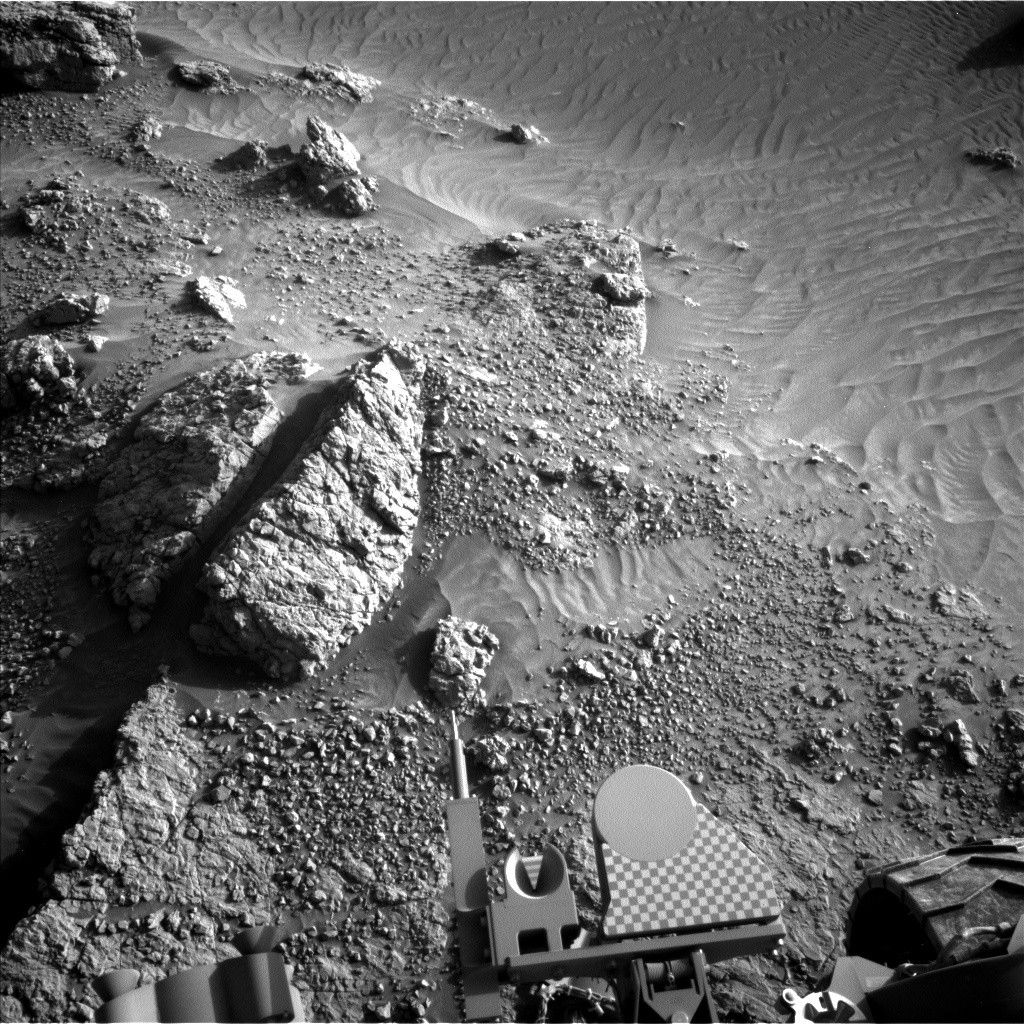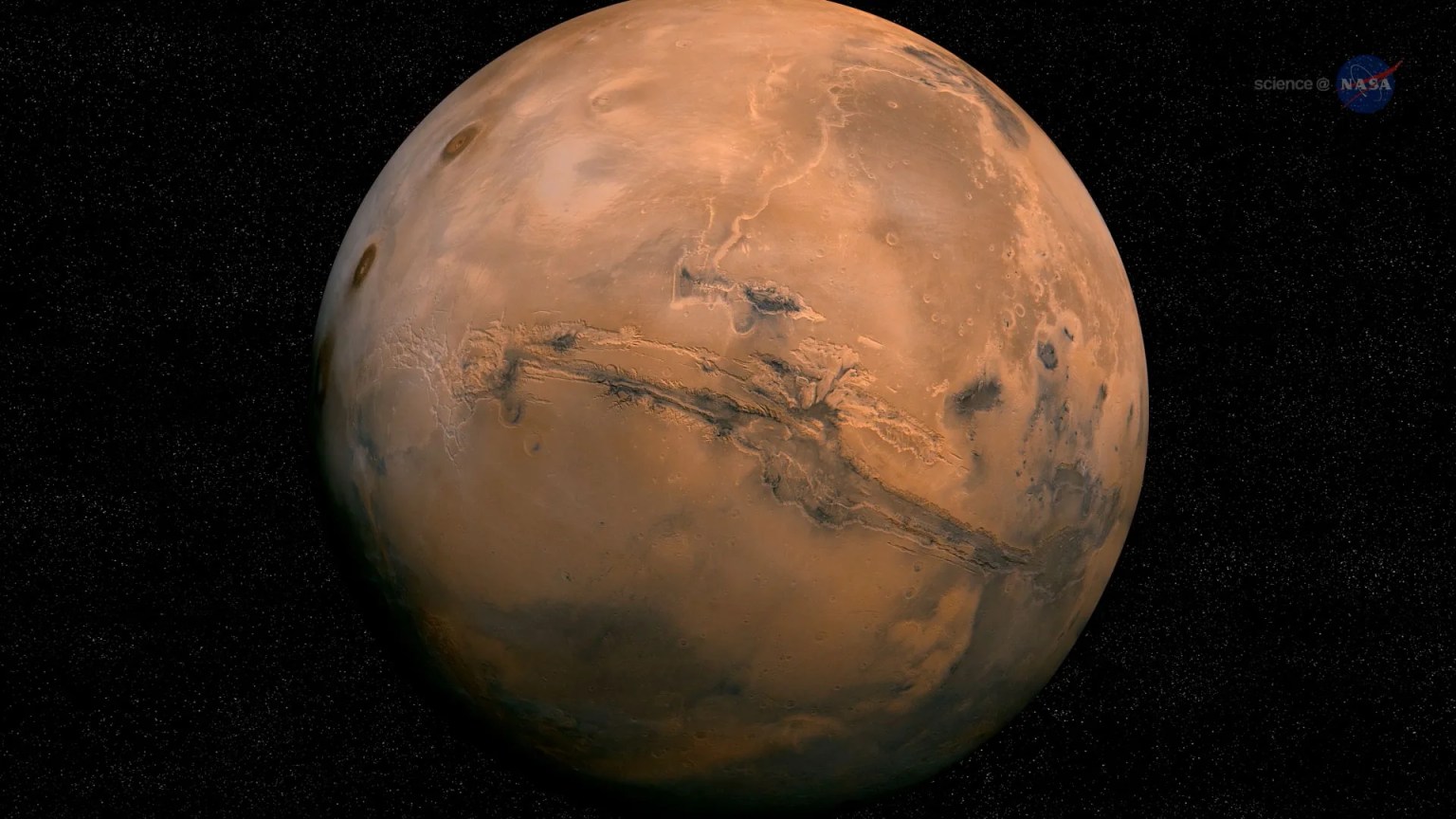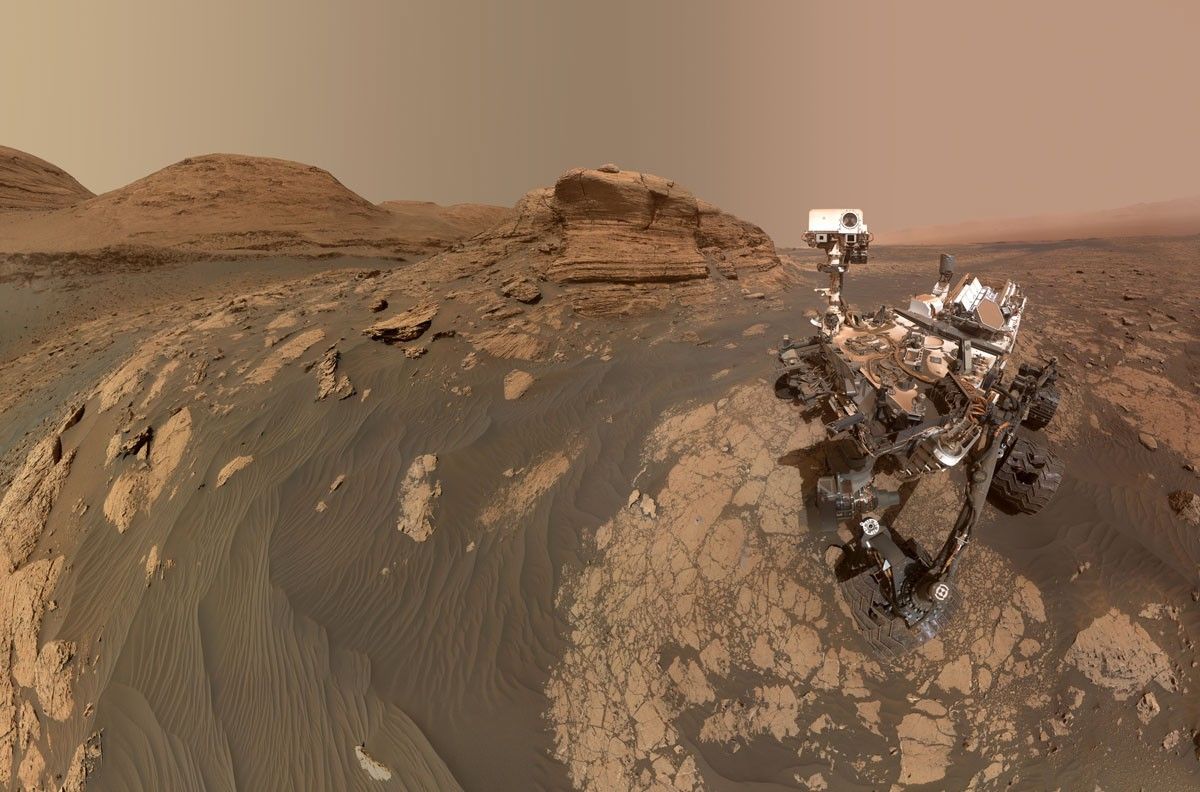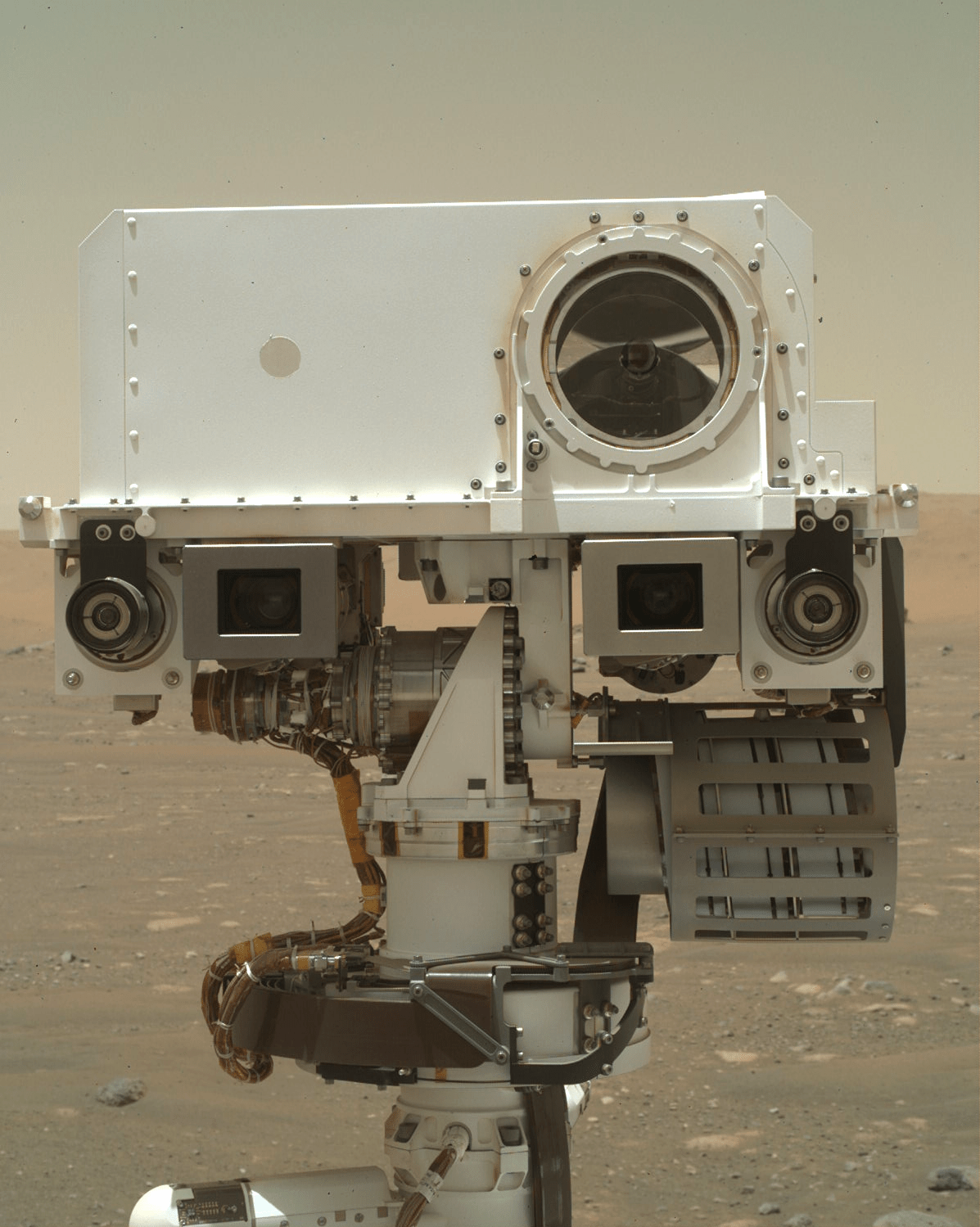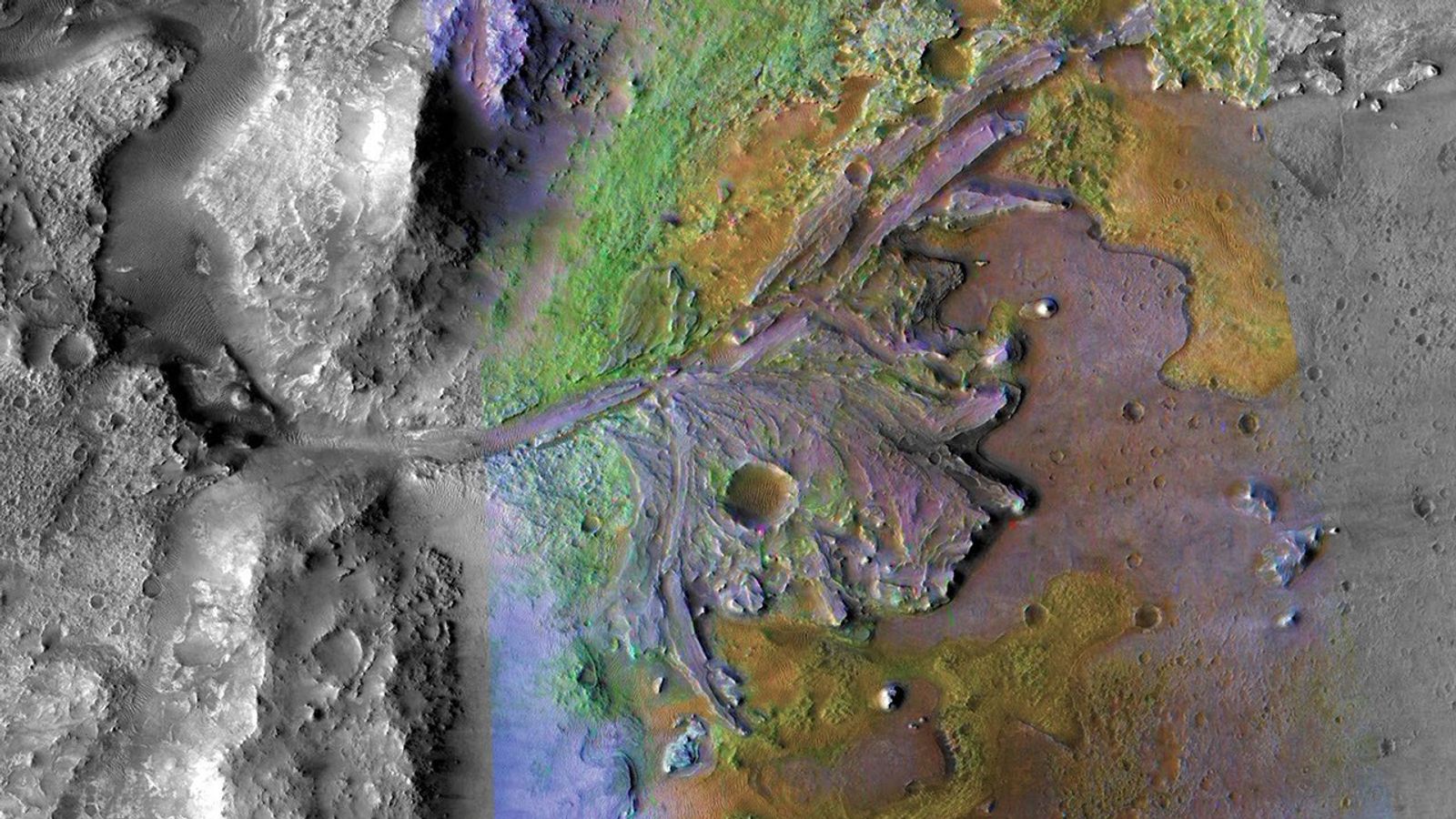The weekend drive went well, and put us in a great locationfor some contact science, right near the contact between the "Murray" and "Stimson"formations, with some interesting veins and textures in the nearby rocks.
The weekend drive went well, and put us in a great location
for some contact science, right near the contact between the "Murray" and "Stimson"
formations, with some interesting veins and textures in the nearby rocks. Given
our nice location, we opted not to do any driving in the Sol 1275 plan and
instead study the area in front of us.
The Sol 1275 plan started off with a ChemCam passive sky
observation and ChemCam LIBS and RMI observations of the targets "Palmhorst", "Palmwag",
and "Mirabib". Mastcam took documentation images of each of the ChemCam targets,
plus a couple of mosaics of the Murray-Stimson contact. Later in the day, MAHLI
took some images of Mirabib before and after brushing the dust off, as well as mosaics
of Palmwag and Palmhorst. APXS then analyzed the composition of Palmwag and
then did an overnight measurement of Mirabib.
In today’s plan, our goal is to place the rover in position
to study some interesting knobby textures. Prior to the drive, Navcam will do
some atmospheric measurements and ChemCam will analyze the targets "Duruchaus",
"Eiseb", and "Aranos". As usual, Mastcam will take some documentation images of
the ChemCam targets. Mastcam also has a mosaic of fine laminations in the rock
at the Murray-Stimson contact, another mosaic to extend the coverage of the
contact, and a small 2x1 mosaic of Mirabib and nearby veins using all of
Mastcam’s science filters. After that, we will do a short drive toward the
knobby texture followed by post-drive imaging. The knobby texture is not in a
great position for us to continue driving after we analyze it, so we’ll likely
return back to our current position before continuing up onto Naukluft
plateau. by Ryan Anderson -Ryan is a planetary scientist at the USGS Astrogeology Science Center and a member of the ChemCam team on MSL. Dates of planned rover activities described in these reports are subject to change due to a variety of factors related to the martian environment, communication relays and rover status.
Written by Ryan Anderson, Planetary Geologist at USGS Astrogeology Science Center

